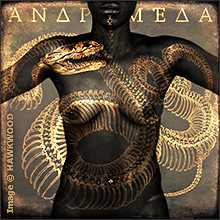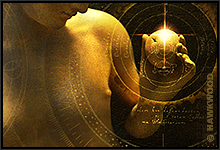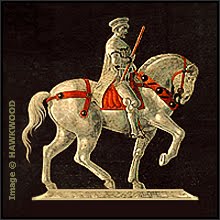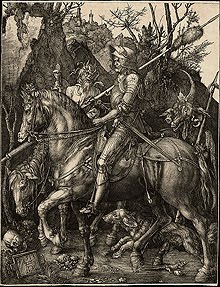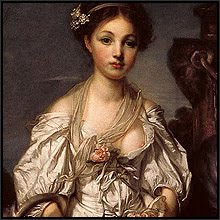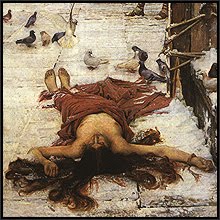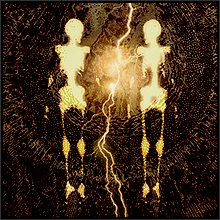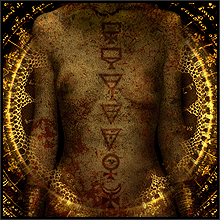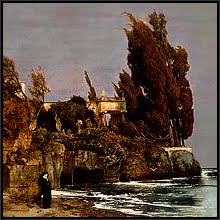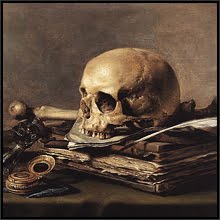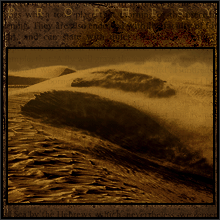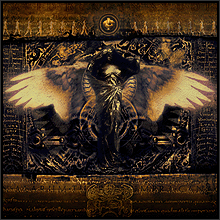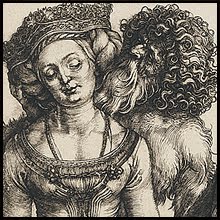You know straight away that a woman who carries a sword in one hand and a severed head in the other has a story to tell. The story of Judith could be found in the Old Testament’s Book of Judith until just over a century ago, at which time the book was dropped from the canon. But in or out of the Bible her story endures, and always has been one which spoke to artists.
Judith, as her story relates, is a beautiful widow who, in order to save her beleaguered city from the surrounding Assyrian army, dresses herself in her most seductive finery, and with only her handmaiden for company slips out of the city to visit the encamped Assyrian commander, one Holofernes. The general is duly charmed: charmed enough to incautiously fall into a drunken stupor. Judith seizes the moment - and the general’s own sword. Two terrible strokes are enough to make the general shorter by a head, and with the compelling and bloody evidence wrapped up in the handmaiden’s hamper, our heroine slips back home. Long story short: headless corpse discovered in the cold light of morning, army in demoralized disarray, city is saved.
Judith, as her story relates, is a beautiful widow who, in order to save her beleaguered city from the surrounding Assyrian army, dresses herself in her most seductive finery, and with only her handmaiden for company slips out of the city to visit the encamped Assyrian commander, one Holofernes. The general is duly charmed: charmed enough to incautiously fall into a drunken stupor. Judith seizes the moment - and the general’s own sword. Two terrible strokes are enough to make the general shorter by a head, and with the compelling and bloody evidence wrapped up in the handmaiden’s hamper, our heroine slips back home. Long story short: headless corpse discovered in the cold light of morning, army in demoralized disarray, city is saved.
A beautiful and daring heroine will always appeal to artists, and Judith has been portrayed – often multiple times by the same artist – throughout the history of art. Botticelli, Caravaggio and Klimt have all seized upon the theme, from demure poses which focus on Judith’s finery to the actual nitty-gritty of grim and graphic severance. Jan Massys (below) presents us with a coyly-smiling Judith wearing the delicate ghost of a chemise which preserves nothing for modesty, while Conrat Meit’s masterful and sensitive sculpture in alabaster (above) grants his Judith a three dimensional actuality. Both of these confidently-poised Judiths are from the mid 16th century.
In a post-Freudian age it would perhaps be an easy option to discuss the male fear of the powers of the castrating female even with just these first two examples, but it seems more fruitful to approach such works, not from the point of view of contemporary psychology, but as the expressions of art which they are. Just as with Greek art, it is the nudity of Meit’s Judith which makes her heroic, which lifts her out of time to become something *mythic in a way in which Judith in all her finery could not convey. The subtlety and fidelity of Meit’s carving is monumental, even for such a comparatively small-scale work - it is just 29cm (1 foot) high.
Now to two Judiths in their finery, both from the 19th century. Jean-Joseph Benjamin-Constant’s assertive Judith (above) owes much to the then-prevailing Orientalist style, and is the richer for it. No severed head is here visible, but the hand which grips the haft of the sword, and the deep blood red of the drapes in the background, do more than enough to suggest such details of the story without any further need to get into the specifics. This Judith has used her own sash to support the sword’s scabbard, and so has made the weapon – and the situation – her own.
In August Riedel’s Judith (above), the gruesome trophy is only partially glimpsed, although the dangling lock of dark hair is telling enough. But this Judith is essentially of the artist’s own time and place: a fabulous poster girl for a 19th century revolution. The artist has utilised the backlit sleeve to draw attention to the contrastingly dark blade, and although the costume’s rich brocade worn by the model is as likely to be a curtain drape or an improvised table spread, we hardly care. This is a Judith whom we would cheerfully follow over the barricades in the name of liberty.
The 1920’s sees Franz von Stuck’s Judith (above) transformed into a fully-fledged femme fatale, and wielding a blade that looks massive enough to fell a sequoia. At her feet the insensible Holofernes lies oblivious to the coming blow, and Judith herself casts an impenetrable shadow over the blood-red background, leaving almost half the canvas in ominous darkness. This is not reality. This is opera, with all the enhanced drama which stage lighting and prop weaponry can bring to a scene.
Jan Saudek’s 1996 work Sword (above) employs the style of a staged 19th century studio photograph as a counterpoint to the essentially contemporary pose of his model. The artist’s image is not about seduction, nor even about Judith’s story as such. It is about power. Saudek’s image is already far removed from von Stuck’s operatic Judith of a few decades earlier, and an impossible gulf away from the ennobled Judiths of previous centuries. Its essentially predatory power ignores the courageous heroism and altruistic ideals of the original Judith story, which in itself is perhaps a sardonic-enough comment on changed times.
Four and a half centuries of time separate Meit’s Judith from Saudek’s, and the differences in between are plain to see. Assuming that the story endures for another several centuries (and I for one hope that it will), how will an artist portray such a future Judith - a Judith as removed from our own time as Saudek’s is from Meit’s?
Hawkwood*See my previous post: Naked or Nude? This post and my other post (Five Women and Four Serpents) which also features the work of Jan Massys can be found on my sidebar's Top Ten Posts.
If you’d like to read about another (shocking!) aspect of Judith’s story, you’re welcome to visit my other blog here: Renaissance Snuff



